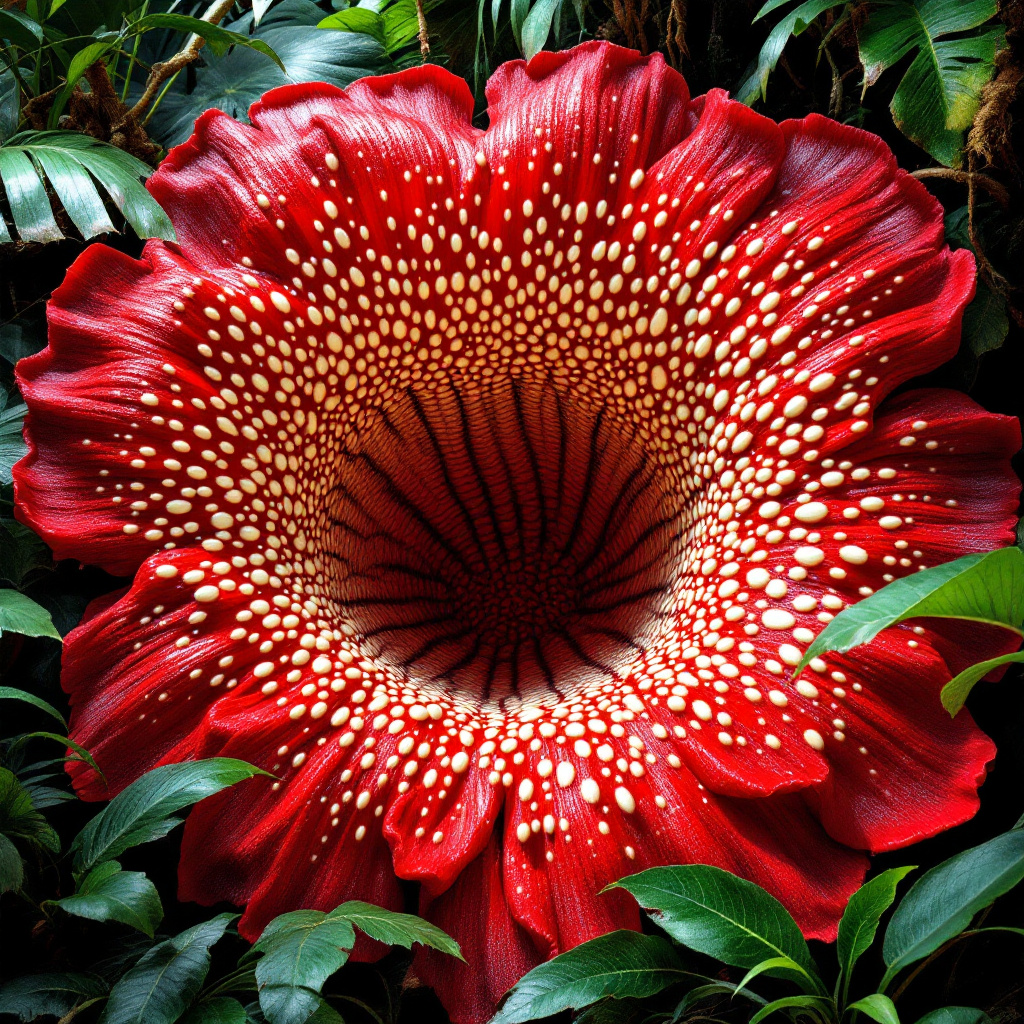
Rare and exotic flowers encompass a diverse range of plant species that are distinguished by their unique characteristics, limited geographic distribution, and specialized growth habits. These plants are not merely visually stunning; they also play crucial roles in their ecosystems. The significance of rare and exotic flowers extends beyond aesthetics, as they contribute to biodiversity and the health of various habitats. Understanding what makes a flower rare or exotic involves examining its biological and ecological attributes.
Typically, rare flowers are those that exist in limited populations or are confined to specific geographic areas. Due to factors such as habitat loss, climate change, and human activity, many of these plants face the risk of extinction. Exotic flowers, on the other hand, are often native to far-flung regions and may thrive in environments unfamiliar to many local gardeners. As a result, these flowers usually require specialized cultivation techniques that may not align with those used for more common plant varieties.
Their growth habits can vary significantly; some may be annuals that complete their life cycle within a single season, while others may exhibit perennial behaviors, surviving year after year under specific conditions. Additionally, these flowers often possess intricate structures, vibrant colors, and distinctive scents, making them highly sought after by botanists and horticulturists. For instance, the Rafflesia arnoldii, known for its enormous bloom size and unique odor, highlights the adaptations that exotic flowers have evolved to attract specific pollinators in their native habitats.

For gardening enthusiasts and professionals alike, cultivating these rare specimens can be both a challenge and a source of immense satisfaction. By understanding the attributes and ecological importance of rare and exotic flowers, individuals can foster appreciation for these remarkable plants, ensuring their conservation for future generations. As we delve deeper into the world of rare flowers, we will uncover a multitude of captivating varieties and the intricate stories that accompany them.
Top Ten Rare and Exotic Flowers
1. Ghost Orchid (Dendrophylax lindenii): Known for its ethereal appearance, the Ghost Orchid produces hauntingly beautiful white flowers that seem to float in the air. This flower thrives in the subtropical forests of southern Florida and Cuba, typically growing on tree trunks. It requires a specific level of humidity and indirect light, making it a challenge for many gardeners.

2. Blue Vanda Orchid (Vanda coerulea): Valued for its striking blue hue, the Blue Vanda Orchid is native to Southeast Asia. Its large, flat flowers bloom in clusters and emit a sweet fragrance. To grow successfully, it needs bright light, stable humidity, and well-draining medium to thrive.

3. Middlemist Red (Camellia middlemist): Once thought to be extinct, the Middlemist Red is prized for its vibrant pink-red blooms. This flower is originally from China and is incredibly rare, with only two known surviving specimens in the world, one of which is located in New Zealand. It thrives in a temperate climate with rich, acidic soil and consistent moisture.
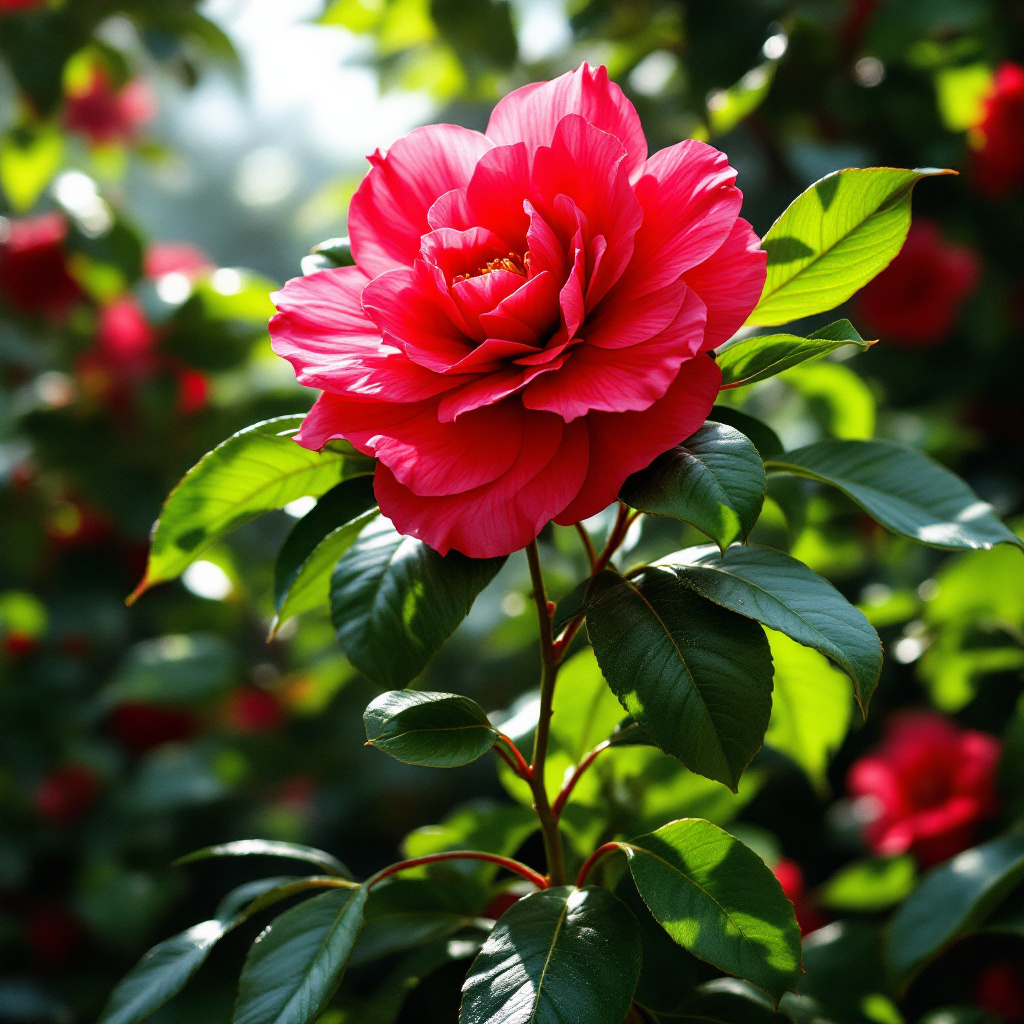
4. Corpse Flower (Amorphophallus titanum): The Corpse Flower is infamous for its strong odor, which resembles rotting flesh, attracting pollinators like carrion beetles. Native to Sumatra, Indonesia, it grows larger than any other flowering plant, reaching heights of up to 10 feet. It requires a warm and humid environment with a well-draining substrate.
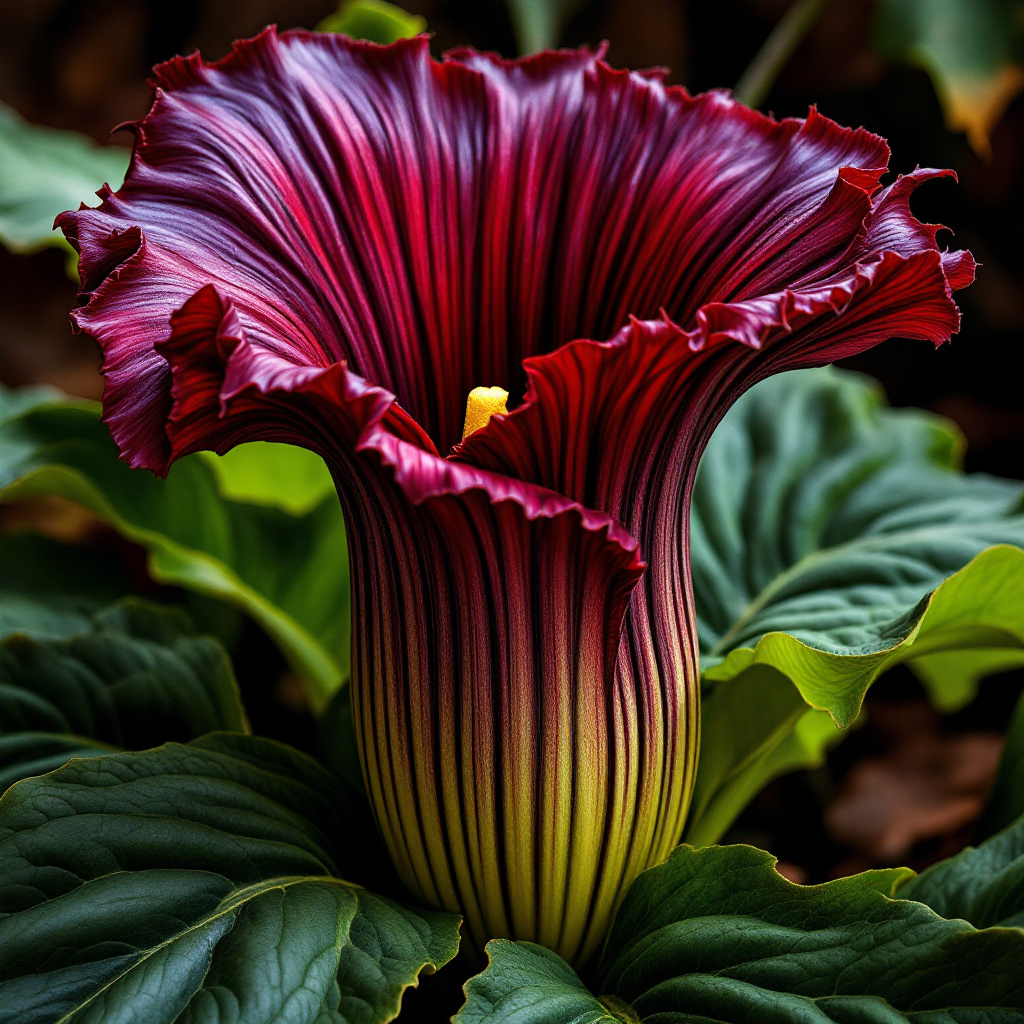
5. Chocolate Cosmos (Cosmos atrosanguineus): This rare flower is celebrated for its beguiling dark red to black blooms that smell like chocolate. Originating from Mexico, the Chocolate Cosmos thrives in well-drained soils and full sun, making it suitable for various garden styles.

6. Rothschild’s Orchid (Paphiopedilum rothschildianum): This orchid is known for its striking yellow and maroon flowers and is one of the rarest orchids on Earth. Primarily found in Borneo, it requires warm temperatures and humidity, making it a favorite among collectors.

7. Lady’s Slipper Orchid (Cypripedium calceolus): With its unique slipper-shaped bloom, this orchid is found in temperate regions across Europe and Asia. It requires a cool climate, moist, well-drained soil, and partial shade to flourish.

8. Pseudobombax ellipticum (Shaving Brush Tree): This unusual flower blooms with fluffy, pink and white inflorescences that resemble a shaving brush. Native to Central America, it thrives in warm, moist environments and is typically grown in tropical gardens.
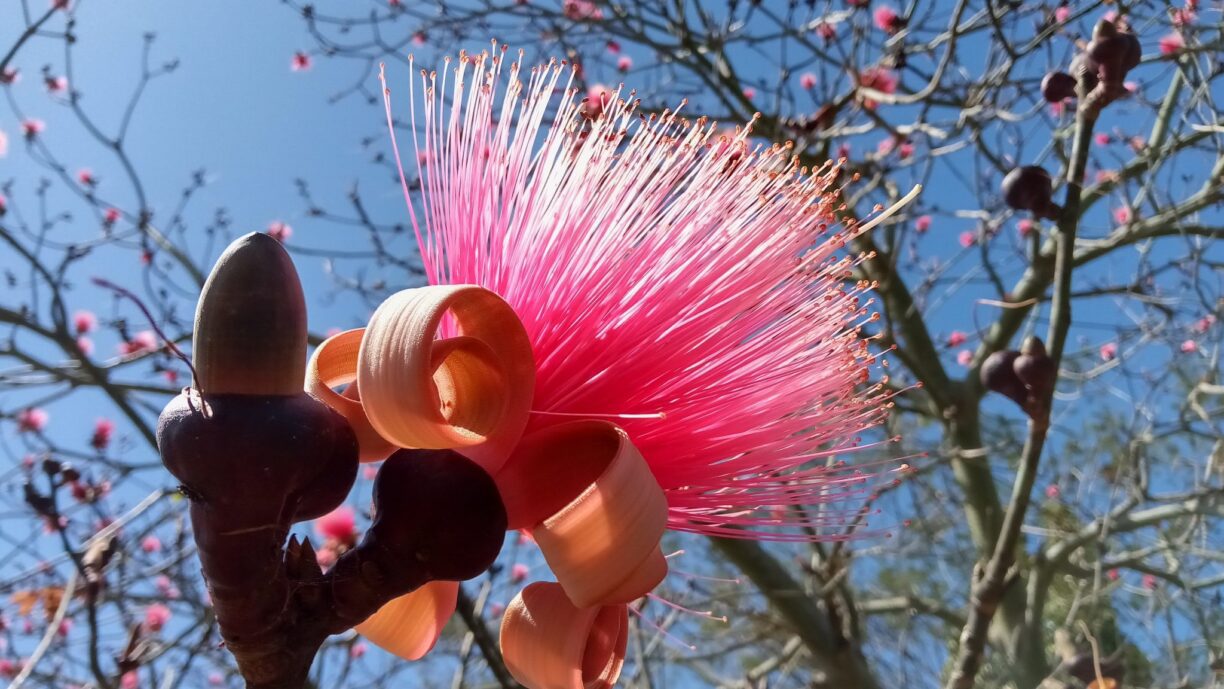
9. Parrot Flower (Impatiens psittacina): True to its name, this flower resembles a colorful parrot. Found in the forests of Thailand and Myanmar, it requires warm temperatures and high humidity, making it a challenge to cultivate outside its native habitat.

10. Welwitschia mirabilis: An extraordinary plant native to the Namib Desert, Welwitschia has only two leaves that can grow for hundreds of years. It can survive harsh conditions, making it a symbol of endurance. It requires sandy soil and minimal water, thriving in dry, arid landscapes.

Conservation Efforts and the Importance of Biodiversity
The conservation of rare and exotic flowers is crucial not only for their inherent beauty but also for the overall health and stability of ecosystems. Biodiversity, which refers to the variety of life forms in a particular habitat, plays a significant role in maintaining ecological balance. When rare flowers vanish due to various threats, the implications extend beyond the loss of a single species; they disrupt food chains, pollination processes, and the resilience of ecosystems. Thus, protecting these unique plants is paramount for ensuring a thriving natural environment.
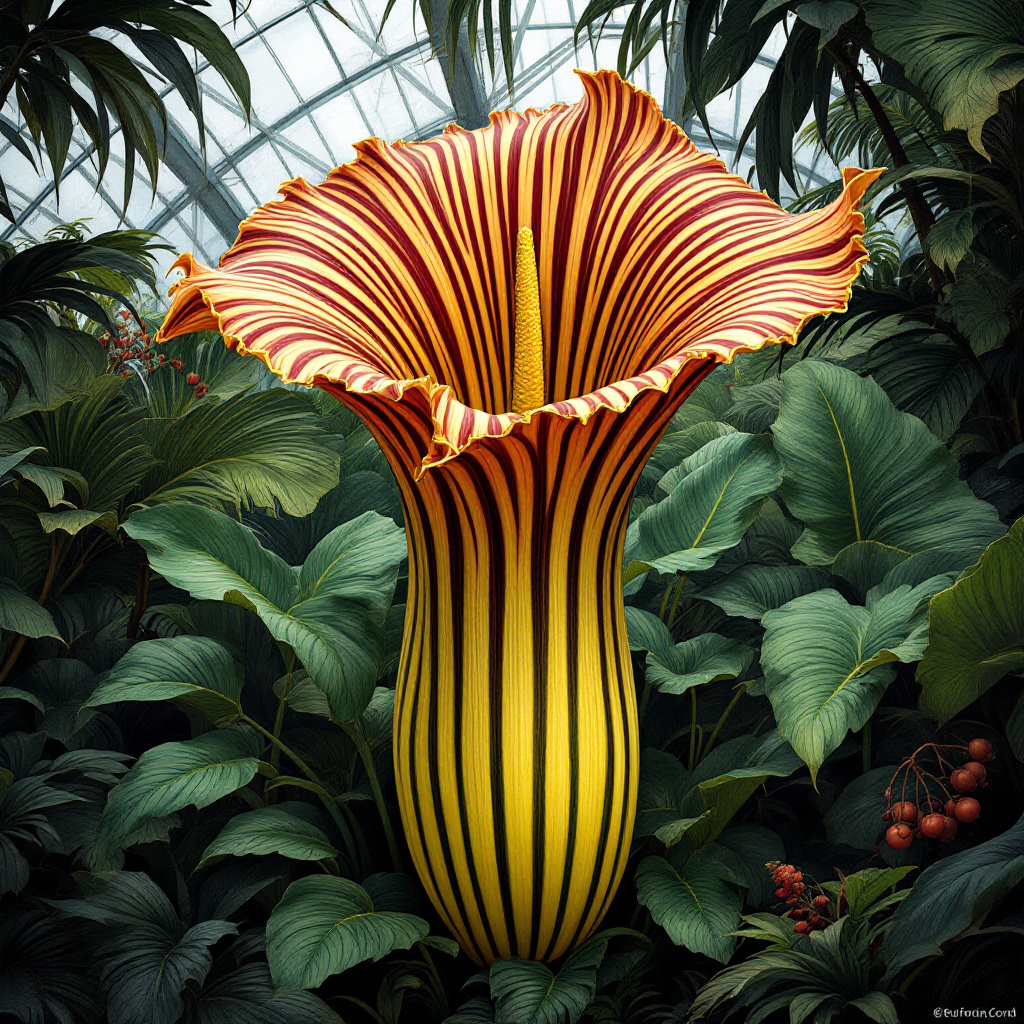
One of the prominent threats facing rare and exotic flowers is habitat loss, primarily attributed to human activities such as urbanization, agriculture, and deforestation. As natural habitats are destroyed, the native flora and fauna struggle to survive. Additionally, climate change presents a dire challenge, causing shifts in weather patterns, temperature fluctuations, and altered precipitation rates. These changes can be detrimental to the growth and reproduction of sensitive floral species, further exacerbating their decline. Invasive species also pose a significant danger, often outcompeting native plants for resources, thereby threatening their survival.
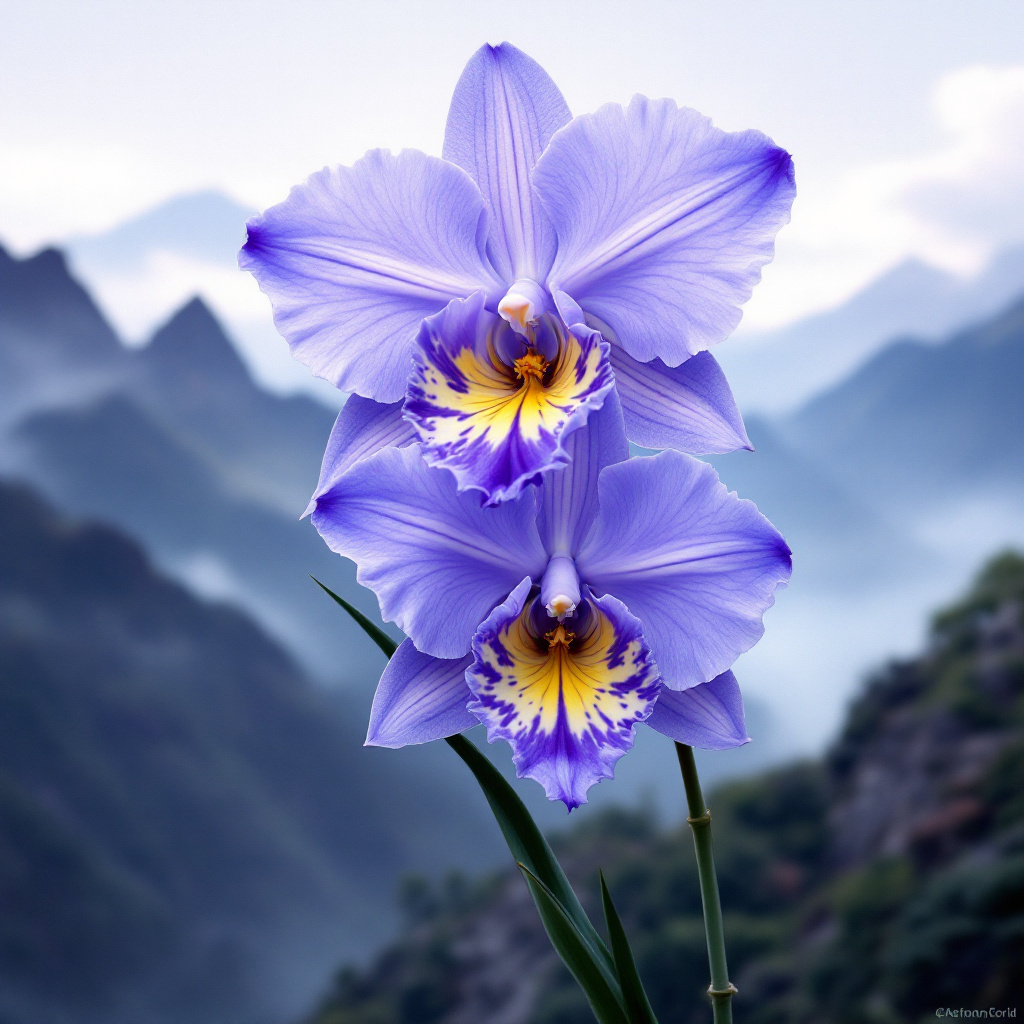
To combat these challenges, numerous conservation initiatives and organizations are dedicated to preserving rare and exotic flowers. Many local and international conservation groups focus on in-situ and ex-situ efforts. In-situ conservation involves protecting these flowers in their natural habitats, while ex-situ conservation encompasses preservation in botanical gardens and seed banks. Programs aimed at educating the public about the importance of biodiversity and engaging communities in conservation efforts are crucial in fostering a culture of respect and stewardship towards the environment.

Engagement can range from participating in local conservation projects to supporting botanical gardens and their research initiatives. By championing the cause of rare and exotic flowers, individuals can help safeguard not only these remarkable species but also the intricate networks of life they support. Understanding and promoting the intrinsic value of floral diversity will ensure a healthier planet for future generations.
